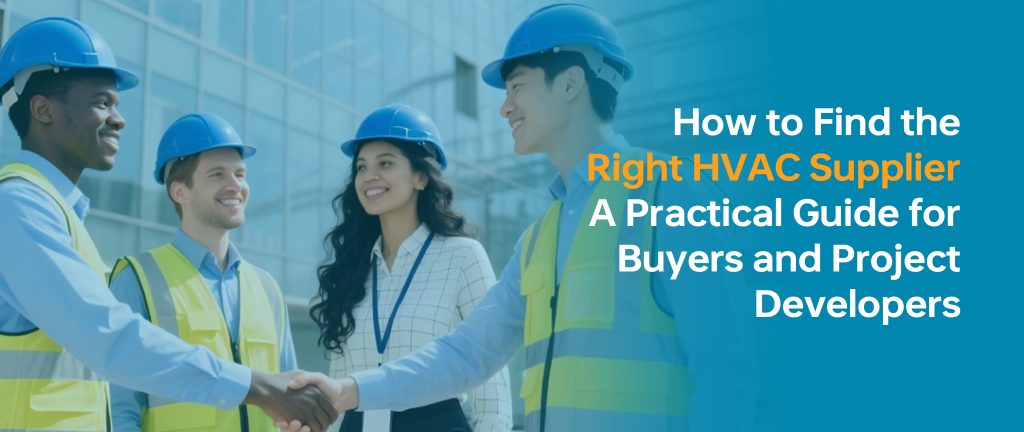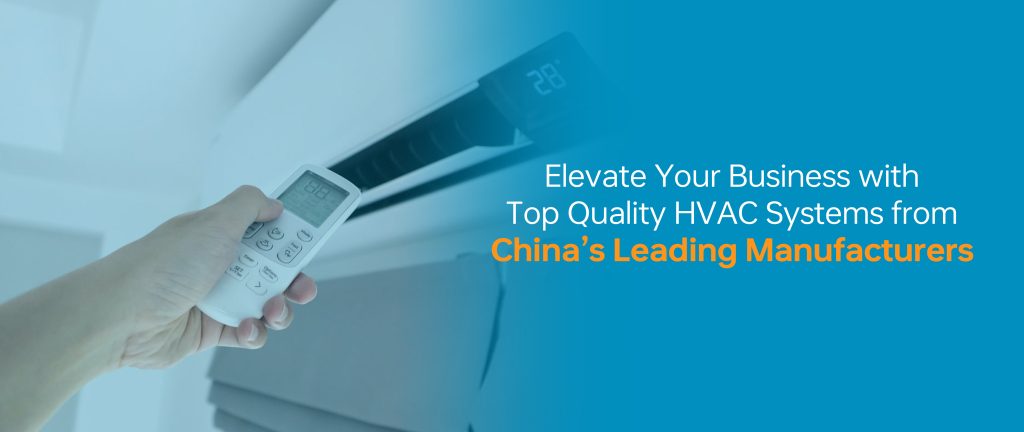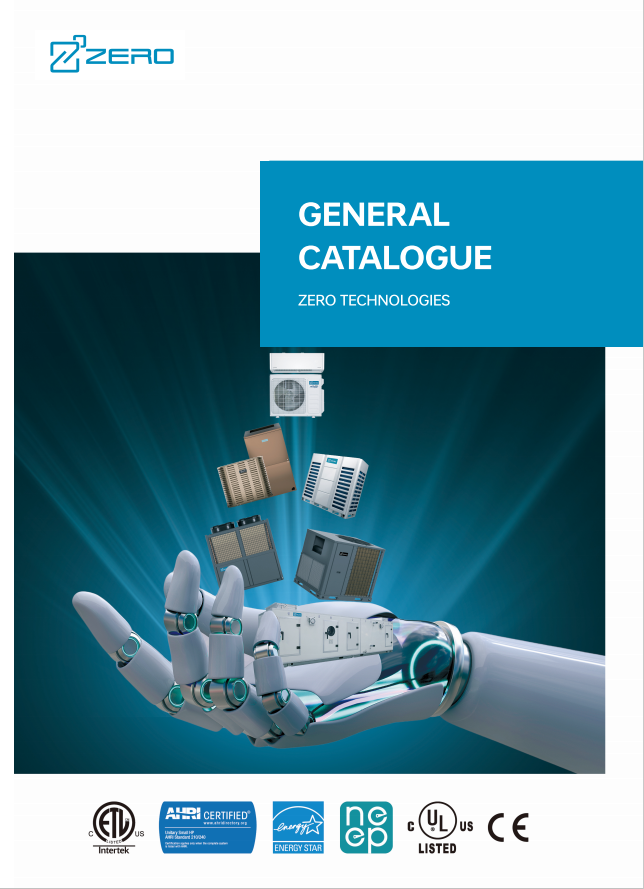The installation and maintenance of a chiller are important parts of ensuring its efficient operation and prolonging its service life. Below are some professional and effective precautions to help users avoid common problems when installing and maintaining chillers.
Installation Precautions
1. Choose a suitable location:
The chiller should be installed in a well-ventilated place, avoiding direct sunlight and high-temperature environments to ensure heat dissipation.
Ensure that there is enough space around for maintenance and overhaul.
2. Check the integrity of the equipment:
Before installation, carefully check whether the components of the chiller are intact, including the cooler, pump, piping, etc., to ensure that there is no damage caused during transportation.
3. Piping connections:
Ensure that all pipes are connected tightly and there should be no leakage. Use suitable sealing materials to ensure that there is no leakage at the joints.
Pipes should avoid excessive bending to reduce fluid resistance and pump burden.
4. Power requirements:
Ensure that the power supply meets the requirements of the equipment, and the voltage and frequency should be consistent with the labeling of the chiller.
Check whether the power cord is intact before installation to avoid short circuits or leakage.
5. Check before initial startup:
Before the first startup, check if the coolant is sufficient and make sure there is no air in the system.
After starting the unit, observe the readings of the pressure gauge and temperature gauge to confirm that everything is normal before proceeding to formal operation.
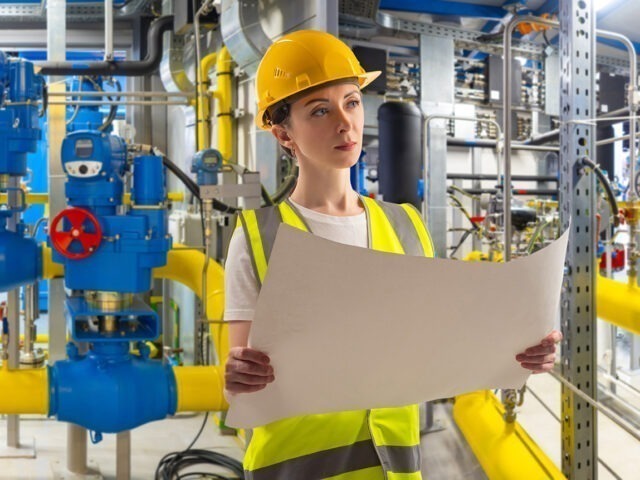
Maintenance Precautions
1. Regular cleaning:
Clean the condenser and evaporator regularly to remove dirt and maintain decent heat exchange efficiency. It is recommended to carry out a comprehensive cleaning once a quarter.
The cooling tower also needs to be cleaned regularly to prevent the accumulation of debris affecting heat dissipation.
2. Check the quality of the coolant:
Regularly check the pH value of the coolant and keep it between 7.0-8.5 to prevent corrosion and scaling.
If the coolant is found to have an abnormal color or odor, it should be replaced in time.
3. Monitor the operation status:
Regularly check the operation of the water pump, fan, and other key components to ensure that there is no abnormal noise or vibration.
Check whether all kinds of valves are normally switched on and off to ensure that the fluid is unobstructed.
4. Trouble shooting:
If there is a fault alarm, stop the machine immediately and restart it after removing the fault. Never force restart with unresolved problems.
For low-pressure or high-pressure anomalies, leakage should be detected and dealt with in a timely manner so as not to cause damage to the equipment.
5. Record maintenance:
Establish equipment maintenance records, including details of each cleaning, inspection and troubleshooting, so as to facilitate the tracking of equipment status and the development of maintenance programs.
6. Professional operation:
All maintenance should be performed by a professional, especially when electrical parts or refrigerant charging are involved, to ensure safety and compliance.
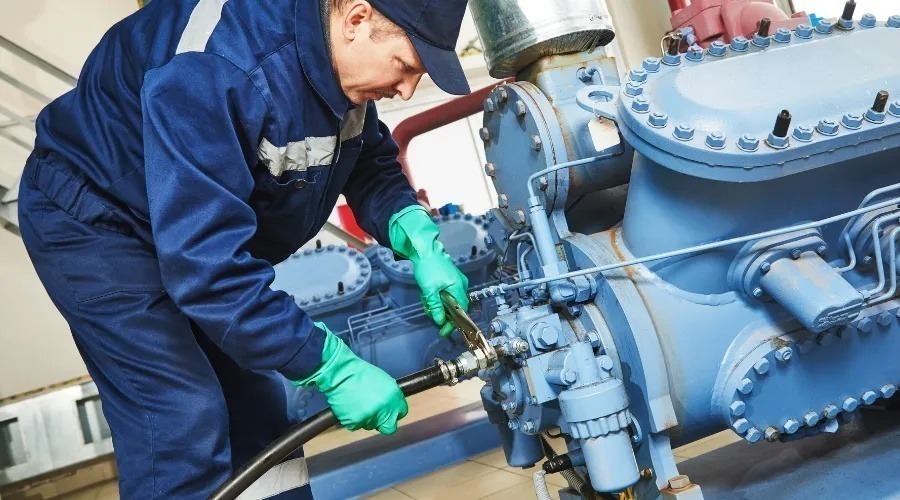
The proper operation of a chiller depends on the good condition of its components, so regular maintenance and timely troubleshooting are especially important. Users should familiarize themselves with common chiller malfunctions and how to handle them so that they can respond quickly when problems arise, reducing downtime and economic losses.
In addition, users are recommended to carry out regular professional maintenance checks to ensure that the equipment is always in the best working condition. Through reasonable use and maintenance, it can significantly extend the service life of the chiller, improve its working efficiency, and create greater economic benefits for the enterprise.



